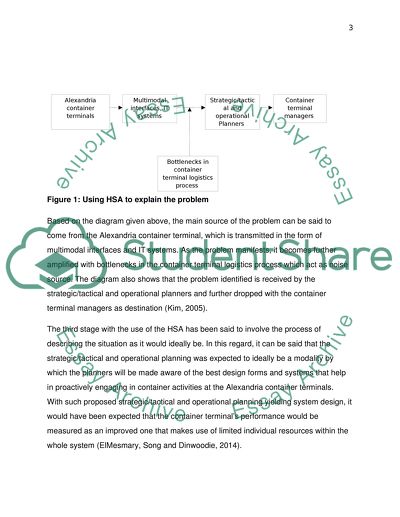Cite this document
(“Awareness of business systems methodologies appropriate to the Essay”, n.d.)
Retrieved from https://studentshare.org/professional/1684099-awareness-of-business-systems-methodologies-appropriate-to-the-analysis-of-complex-international-logistics-and-supply-chain-systems
Retrieved from https://studentshare.org/professional/1684099-awareness-of-business-systems-methodologies-appropriate-to-the-analysis-of-complex-international-logistics-and-supply-chain-systems
(Awareness of Business Systems Methodologies Appropriate to the Essay)
https://studentshare.org/professional/1684099-awareness-of-business-systems-methodologies-appropriate-to-the-analysis-of-complex-international-logistics-and-supply-chain-systems.
https://studentshare.org/professional/1684099-awareness-of-business-systems-methodologies-appropriate-to-the-analysis-of-complex-international-logistics-and-supply-chain-systems.
“Awareness of Business Systems Methodologies Appropriate to the Essay”, n.d. https://studentshare.org/professional/1684099-awareness-of-business-systems-methodologies-appropriate-to-the-analysis-of-complex-international-logistics-and-supply-chain-systems.


